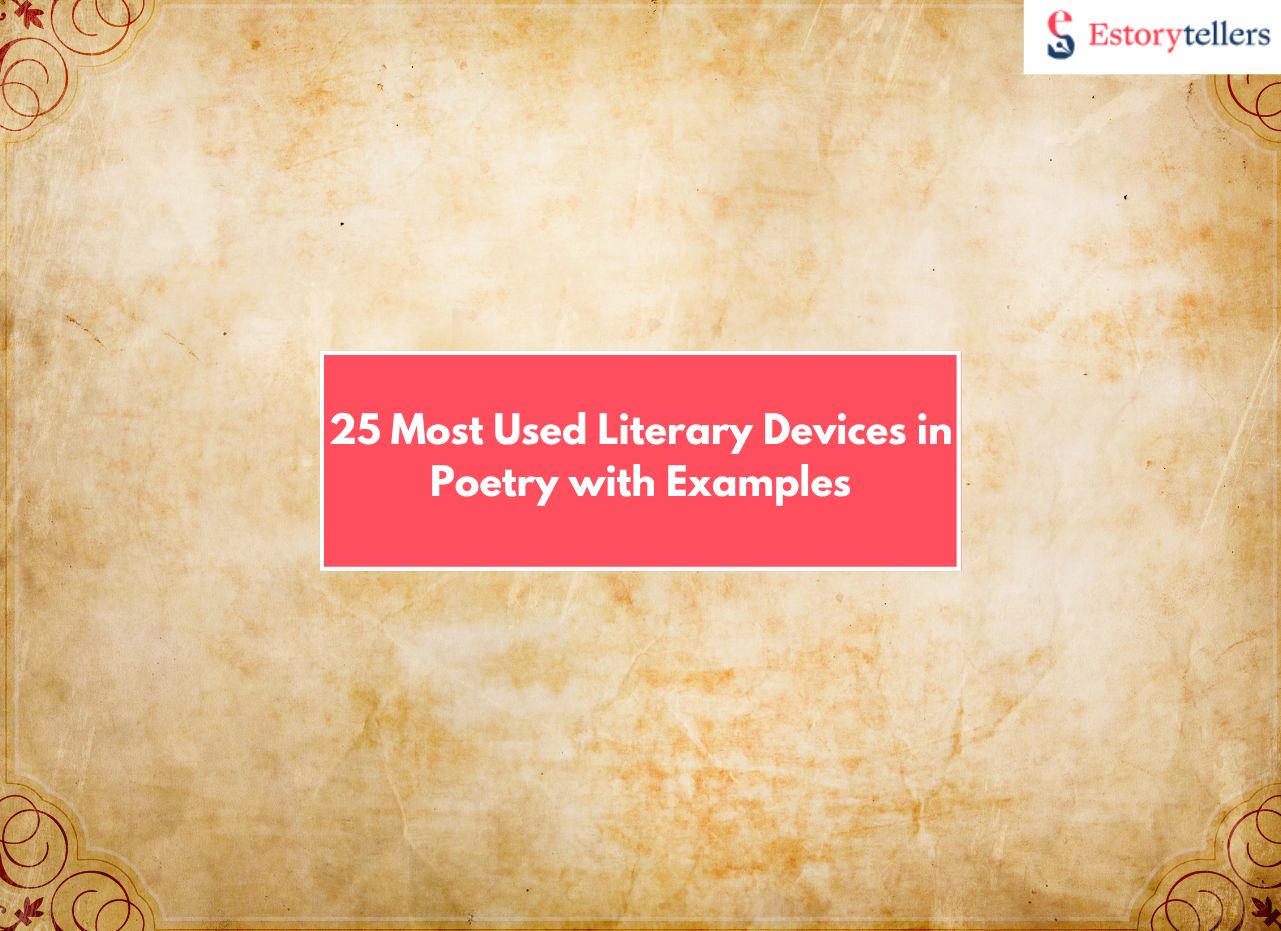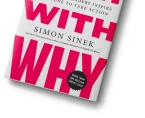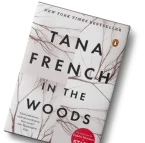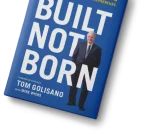
Poetry shines when it uses literary devices—also called poetic devices—to create music, atmosphere, vivid images, and emotional depth. Whether you’re a student, a casual reader, or a writer, this comprehensive guide will help you recognize and apply these devices in poems. By exploring each device, seeing clear examples, and learning how to practice them, you’ll unlock the true artistry of poetry.
What Are Literary Devices in Poems?
At their core, literary devices in poetry are tools poets use to enhance expression. They go beyond mere words to create sound (like rhythm and rhyme), sight (like imagery), and feeling (like metaphor and personification). These devices help pack more meaning into fewer words, making poetry powerful and memorable.
Good poetry isn’t just about saying things beautifully—it’s about layering sound, meaning, and emotion so that one reading can reveal new richness. A single line can be musical, symbolic, visual, and emotional all at once.
Why Writers Use Poetic Devices
- To create atmosphere: Think of how alliteration or assonance can make a line feel soft, harsh, eerie, or cheerful.
- To form strong images: Devices like simile, metaphor, and personification help readers visualize things vividly.
- To add rhythm and flow: Rhyme, meter, and repetition make a poem feel musical and alive.
- To deepen meaning: Devices like symbolism, paradox, and irony add layers and invite readers to think.
- To evoke emotion: Figurative language can stir feelings more effectively than plain statements.
Poets use these tools together—sound, image, meaning—to create a rich, multi-layered experience in just a few lines.
Write Poetry That Truly Resonates
We help poets polish their craft and publish books rich in literary devices and emotional depth.
Write & Publish Your Poetry25 Poetic Devices with Definitions and Simple Examples
Below is a list of 25 common poetic devices often used in quality poetry. Each includes a definition, a clear example, and an explanation of how it enhances the poem.
1. Imagery
Definition: Language that appeals to the senses—sight, sound, smell, taste, and touch.
Example: “The amber sky dripped honey over the silent hills.”
Why it matters: Vivid imagery magnetizes readers into the scene, awakening senses and emotion.
2. Simile
Definition: A comparison using “like” or “as.”
Example: “Her laughter floated like bubbles on a summer breeze.”
Why it matters: It connects new ideas with familiar images in a clear, poetic way.
3. Metaphor
Definition: A direct comparison, speaking of one thing as if it were another.
Example: “Memory is a house with empty rooms.”
Why it matters: Metaphors deepen meaning, allowing abstract ideas to be felt concretely.
4. Personification
Definition: Giving human traits to non-human entities.
Example: “The wind whispered secrets through the pines.”
Why it matters: It brings poetry to life and blurs the line between the animate and inanimate.
5. Alliteration
Definition: Repetition of consonant sounds at the beginning of words.
Example: “Softly singing, summer’s sweetness sighs.”
Why it matters: It adds musical rhythm and draws the reader’s ear to key words.
6. Assonance
Definition: Repetition of vowel sounds within nearby words.
Example: “The pale rain made the lane glisten.”
Why it matters: It unifies lines and creates an inner melody without needing full rhyme.
7. Consonance
Definition: Repetition of consonant sounds, usually at the end or middle of words.
Example: “The lonesome whistle of midnight stills the hills.”
Why it matters: It creates texture, echoing sounds that deepen the poem’s sonic palette.
8. Rhyme
Definition: Repetition of similar end sounds in two or more lines.
Example (from a poem you might know):
I wandered lonely as a cloud That floats on high o’er vales and hills, When all at once I saw a crowd… of daffodils.”
Why it matters: Rhyme enhances musicality, structure, and memorability.
9. Rhythm/Meter
Definition: The pattern of stressed and unstressed syllables in a line.
Example: iambic pentameter: da-DUM da-DUM da-DUM da-DUM da-DUM
Why it matters: It gives poems a heartbeat—steady, measured, or erratic—creating mood.
10. Enjambment
Definition: A line that continues into the next without a pause.
Example: I pressed my hand against the window, hoping to feel the breath of spring
Why it matters: It generates momentum and unexpected turns, keeping readers moving.
Turn Your Poetic Voice into a Book
At Estorytellers, we help poets build collections that flow with rhythm, imagery, and layered meaning.
Publish Your Poetry Collection11. End-stopped line
Definition: A line that ends with punctuation—period, comma, or semicolon.
Example: She walked alone through summer fields. My heart will remember still.
Why it matters: It gives moments structure and weight, pauses that punctuate meaning.
12. Repetition
Definition: Repeating words, phrases, or structures for effect.
Example: “I dream of peace, of hope, of love, of light.”
Why it matters: It reinforces emotion, builds momentum, and makes lines memorable.
13. Symbolis
Definition: A concrete object that stands for an abstract concept.
Example: A single autumn leaf falling to represent mortality.
Why it matters: It gives layers—simple things can stand in for complex ideas.
14. Irony
Definition: A contrast between expectations and reality.
Example: A fire station burns down—highlighting human error and paradox.
Why it matters: It draws attention, prompts reflection, often sharply or with humor.
15. Onomatopoeia
Definition: Words that imitate sounds.
Example: “The brook gurgled and the leaves rustled.”
Why it matters: It adds texture, vibrancy, and authenticity to soundscapes.
16. Hyperbole
Definition: Extreme exaggeration used for effect.
Example: “I waited a million years for the letter.”
Why it matters: It amplifies emotion in a memorable, often dramatic way.
17. Oxymoron & Paradox
Oxymoron: Two opposing words together (“bittersweet song”)
Paradox: A true contradiction (“Silence speaks volumes”)
Why they matter: They add complexity—short phrases that hold big meaning.
18. Parallelism
Definition: Repeating sentence or line structures.
Example: “We came, we saw, we conquered.”
Why it matters: It emphasizes rhythm and clarity, making lines impactful.
19. Caesura
Definition: A deliberate pause within a line.
Example: “I should have known—| the warning came too late.”
Why it matters: It creates dramatic beats, highlighting emotion or tension.
20. Enjambment vs Caesura
Enjambment: flow across lines
Caesura: pause within lines
Mastering both helps you control a poem’s pace and emotional shape.
Poetry is Power. Let’s Publish Yours.
Estorytellers helps poets use devices like metaphor, repetition, and rhythm to create unforgettable verse.
Start Your Poetry Book21. Ambiguity
Definition: Leaving meaning open for interpretation
Example: A line ends with “and so I remained…”—but never finishes the thought.
Why it matters: Invites readers in, encourages personal connection and reflection.
22. Direct Address
Definition: Speaking directly to someone or something (“O moon, hear my plea”).
Why it matters: Makes poems feel immediate and conversational.
23. Apostroph
Definition: Calling out to someone absent or an abstraction (“Death, be not proud”).
Why it matters: It dramatizes emotion and adds intensity.
24. Refrain
Definition: Repeated lines or phrases throughout a poem, like a chorus.
Example: “Nevermore” in Poe’s “The Raven.”
Why it matters: Builds familiarity, mood, emphasis.
25. Synaesthesia
Definition: Mixing sensory experiences (“loud colors,” “bitter silence”)
Why it matters: It fuses senses, creating unique, vivid imagery.
How to Identify Poetic Devices
- Read slowly and out loud. Pay attention to sound and flow.
- Look line by line. Underline metaphors; circle simile; note rhyme and rhythm.
- Ask yourself: What effect is this line creating? Sound? Image? Surprise?
- Write your interpretation. How did the device shape your feeling?
- Apply it. Try using that device in your own short poem.
Your Poetry. Our Publishing Expertise.
At Estorytellers, we help bring out the literary beauty in your verse—and publish it professionally.
Get Published With Estorytellers TodayUsing Poetic Devices in Your Writing
- Start small. Choose one device—like alliteration—and build a four-line poem around it.
- Match device to feeling. If your theme is tenderness, use soft vowel sounds (assonance). If it’s tension, use harsh consonants (consonance).
- Combine for layers. A metaphor + imagery + caesura = richer poetry.
- Avoid clichés. Aim for fresh, precise language. Replace generic “rose” with something unexpected if possible.
- Read your poem aloud. Hear the flow, pace, and rhythm.
- Revise deliberately. Ask: Does this device highlight my theme? Or distract?
Examples of Devices in Noted Poems
Emily Dickinson
“Because I could not stop for Death –
He kindly stopped for me –”
- Personification: Death is a polite carriage driver.
- Enjambment: The first line flows into the next, making time feel fluid.
- Imagery and understatement: A metaphysical theme wrapped in quiet calm.
Maya Angelou
“You may kill me with your hatefulness,
Wounding me with your bitter words…”
- Metaphor: Words as weapons.
- Parallelism and repetition: Builds emotional intensity.
- Consonance and assonance: Makes those lines memorable and musical.
William Carlos Williams
“So much depends
upon
a red wheel
barrow…”
- Enjambment: Lets the thought linger.
- Imagery: A simple object becomes profound.
- Minimalism: Shows how few words can carry full meaning.
Exercises to Practice Poetic Devices
- Pick one device. Write a four-line poem focusing on it.
- Add imagery. Take one object (like coffee, tree, shoe) and describe it using two or more devices.
- Transform a cliché. Flip an old phrase into original image/metaphor.
- Find sound pattern. Write two lines focused on rhyme or alliteration.
- Revise a poem. Choose a favorite, identify devices used, then rework it to strengthen rhythms or images.
Poetry That Speaks and Sells
We help poets craft books that balance creative expression with professional publishing and marketing success.
Start Your Poetry JourneyWhy Learn Poetic Devices?
- It boosts writing skills, giving you more control over meaning, sound, and reader impact.
- It enhances reading insight, making you aware of subtle depths in any poem.
- It builds creative confidence, knowing you can craft powerful lines with intention.
Poetry is both a craft and an art. Devices are the craft tools. With them, you shape the art.
Final Tips
- Keep a notebook of words, sounds, images you love.
- Read varied poets—from Dickinson to Neruda, cummings to Angelou—to see different styles.
- Share your work. Feedback helps you see which devices work and which fall flat.
- Stay curious. Notice devices in day-to-day language, song lyrics, even tweets.
Conclusion
This guide gives you more than a list of literary devices in poetry; it gives you tools to understand, appreciate, and create richer poems. You now have:
- 25 major poetic devices, clearly defined.
- Engaging examples showing how each works.
- Exercises to build your skills.
- Guidance on reading and writing with depth.
Let these devices power your poems and open new worlds in language. Happy writing—and if you’d like prompts, analysis, or editorial help, reach out to Estorytellers for thoughtful support and creative growth.






























